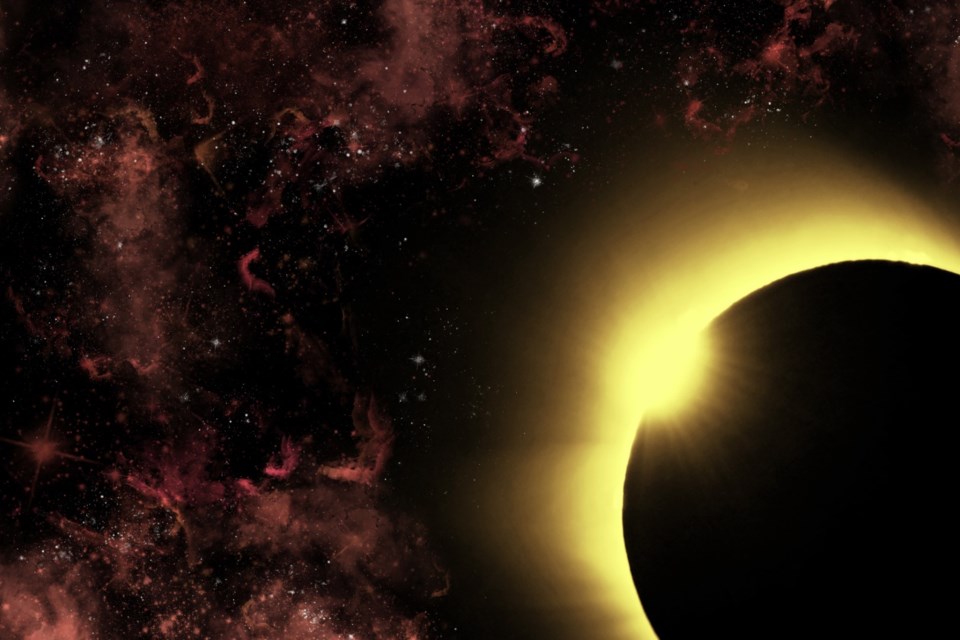The moon opens in June just three days from full. June 9, Saturn joins up with our satellite, three degrees north. Neptune is two degrees north June 11. By June 13, Jupiter is just 1.5 degrees south of the moon; Uranus is two degrees south June 15; and the Pleiades are 1.8 degrees south later in the day. Mercury joins the group June 16. New moon is June 17. Pollux is 1.7 degrees north June 20; then Venus and Mars June 20 and 22, respectively – both planets four degrees south.
Mercury is gradually sliding along its orbit, getting closer to the sun. It meets up with Uranus June 4.
Venus continues its bright appearance as the Evening Star all month. It joins up with Mars, the moon, Castor and Pollux from June 20 to 22.
Mars has left Gemini at the beginning of June, moving gradually among the stars of Cancer, the Crab, and the into Leo, the Lion, by month’s end. The moon, Venus and Mars make a nice photographic trio June 21, with Regulus just to the east. Venus chases the Red Planet for most of the month but never quite catches up.
Jupiter in the morning sky gradually gains brightness. The moon passes by June 14th. Three double-shadow events occur during the month: June 11, 14 and 18.
Saturn starts the month in proper motion (eastward), then reaches a standstill on June 19, reverting to retrograde motion for a few months. Remember, it’s the Earth’s motion that causes the outer planets to appear moving in retrograde – something the ancient astronomers couldn’t figure out. Their system of an Earth-centred cosmos was flawed since the sun is at the centre of the Solar System. The moon pairs up with the ringed planet on June 9.
Uranus comes out from behind the sun in early June, arising in the eastern morning sky. June 4, Uranus is joined by Mercury, with Jupiter a little further west. The thin waning moon brackets the blue-green planet June 14th and 15th.
Neptune is in the eastern morning sky, very gradually slowing to its stationary point July 1, after which it begins retrograde motion for the rest of the year.
June 21 is the summer solstice–the days begin to shorten, all too soon!
James Edgar has had an interest in the night sky all his life. He joined The Royal Astronomical Society of Canada in 2000, was national president for two terms, is now the editor of the Observer’s Handbook, and production manager of the bi-monthly RASC Journal. The IAU named asteroid 1995 XC5 “(22421) Jamesedgar” in his honour and in 2021 he was awarded a Fellowship of the RASC.



